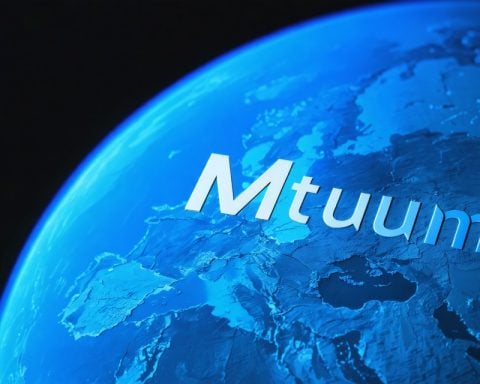In early 2023, a rare protest in Tibet led to an aggressive governmental response, highlighting ongoing tensions in the region. Hundreds of Tibetans gathered to oppose the construction of the controversial Gangtuo dam, a project threatening their cultural heritage and homes. This protest occurred amidst China’s rigorous control over Tibet, established since the 1950s.
Initial reports of the arrests began to surface shortly after the protest in February, revealing that many demonstrators faced harsh treatment. The crackdown involved widespread detentions and physical assaults on protesters, including elderly individuals and monks. In the aftermath, local authorities escalated restrictions, complicating efforts to verify the situation, especially for journalists.
The proposed dam sits in a valley influential to Tibetan culture, with the construction plans dating back to 2012. Concerns grew when residents realized not only were they inadequately informed about the project, but many were also threatened with imminent eviction without proper compensation or resettlement options.
Consequently, villagers and monks found themselves compelled to protest, imploring officials to abandon the dam project. Footage revealed desperate pleas and confrontations with authorities, underscoring the risks they were willing to take.
Following the crackdown, the atmosphere in the region has become even more oppressive, with reports of increased surveillance and communication restrictions. This turbulent episode starkly illustrates the fragile state of Tibetan rights and the lengths to which residents must go to protect their heritage.
Tensions Flare in Tibet: A Closer Look at the Gangtuo Dam Protests
The Context of the Protests in Tibet
In early 2023, Tibet witnessed rare and significant protests against the planned construction of the Gangtuo dam. This project poses a direct threat to the cultural landscape and residential areas of local Tibetans, intensifying existing tensions stemming from decades of stringent governmental control and policies implemented since the 1950s.
Overview of the Gangtuo Dam Project
The Gangtuo dam has been in the planning stages since 2012 and is located in a culturally rich valley pivotal to the Tibetan way of life. The project has been met with opposition not only due to its environmental implications but also because many residents feel marginalized in the decision-making process. Reports indicate that local communities were inadequately informed about the developments, leading to a sense of betrayal and urgency among villagers, who feared imminent evictions without fair compensation or support.
Government Response to Protest
The government’s response to the protests was severe. Following the demonstrations, local authorities initiated widespread arrests and reported physical abuses targeted at protestors, including elderly individuals and monks. This crackdown has heightened fears among the Tibetans and has led to significant restrictions on communication and movement, complicating efforts for journalists and human rights observers to verify the ongoing situation in the region.
Increased Surveillance and Control
In the wake of the protests, there has been a notable escalation in governmental surveillance and restrictions. The atmosphere in Tibet has become increasingly oppressive, with reports detailing intensified monitoring of communities. Many residents are now hesitant to express dissent openly, fearing reprisals from local authorities.
Cultural Impact and Importance
The implications of the Gangtuo dam extend beyond immediate displacement; they threaten the survival of Tibetan cultural heritage. The valley’s significance, not merely as a residential area but as a bastion of Tibetan cultural identity, raises concerns about the long-term consequences of such construction projects on the community’s fabric.
Protests as a Sign of Resilience
The willingness of Tibetans to protest against the Gangtuo dam exemplifies their resilience and determination to protect their rights and heritage. Despite the risks, demonstrations showcased locals’ desperate pleas for recognition and respect from the authorities. The confrontations seen during the protests underline the broader struggle for autonomy and cultural preservation in the face of overwhelming governmental control.
Conclusion and Insights
The events surrounding the Gangtuo dam protests are reflective of broader trends in human rights and environmental activism within China, particularly in regions with distinct cultural identities like Tibet. As global awareness of such situations increases, it raises questions about sustainability, the preservation of cultural heritages, and the rights of indigenous populations against encroaching developmental projects.
For further information and insights about the ongoing situation in Tibet, visit Human Rights Watch for comprehensive reports and updates on human rights issues globally.









